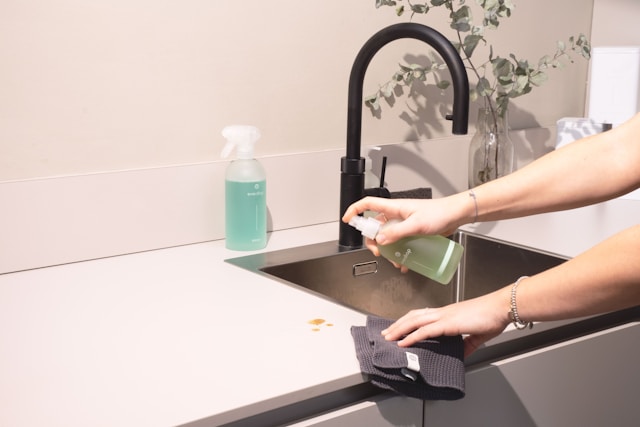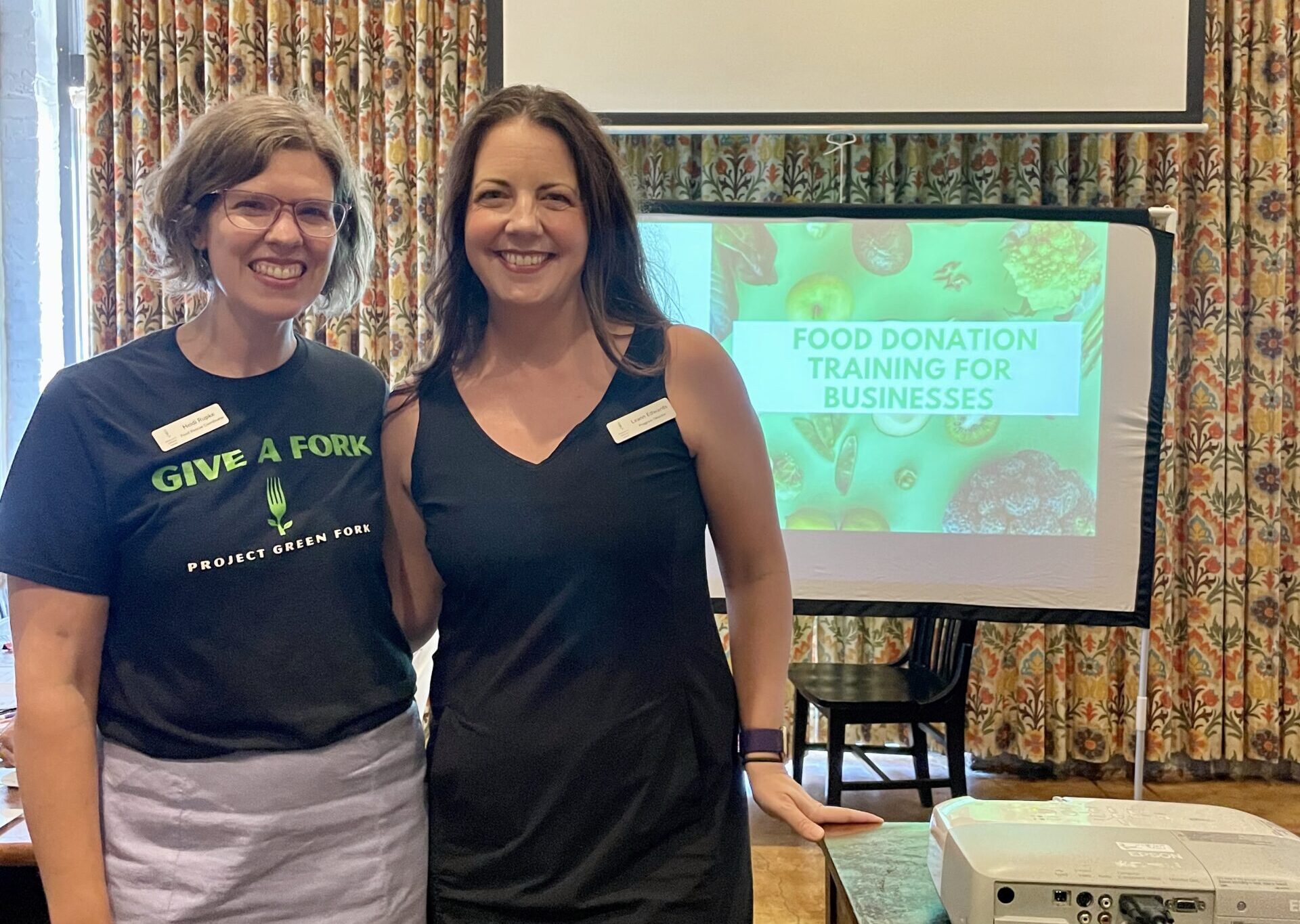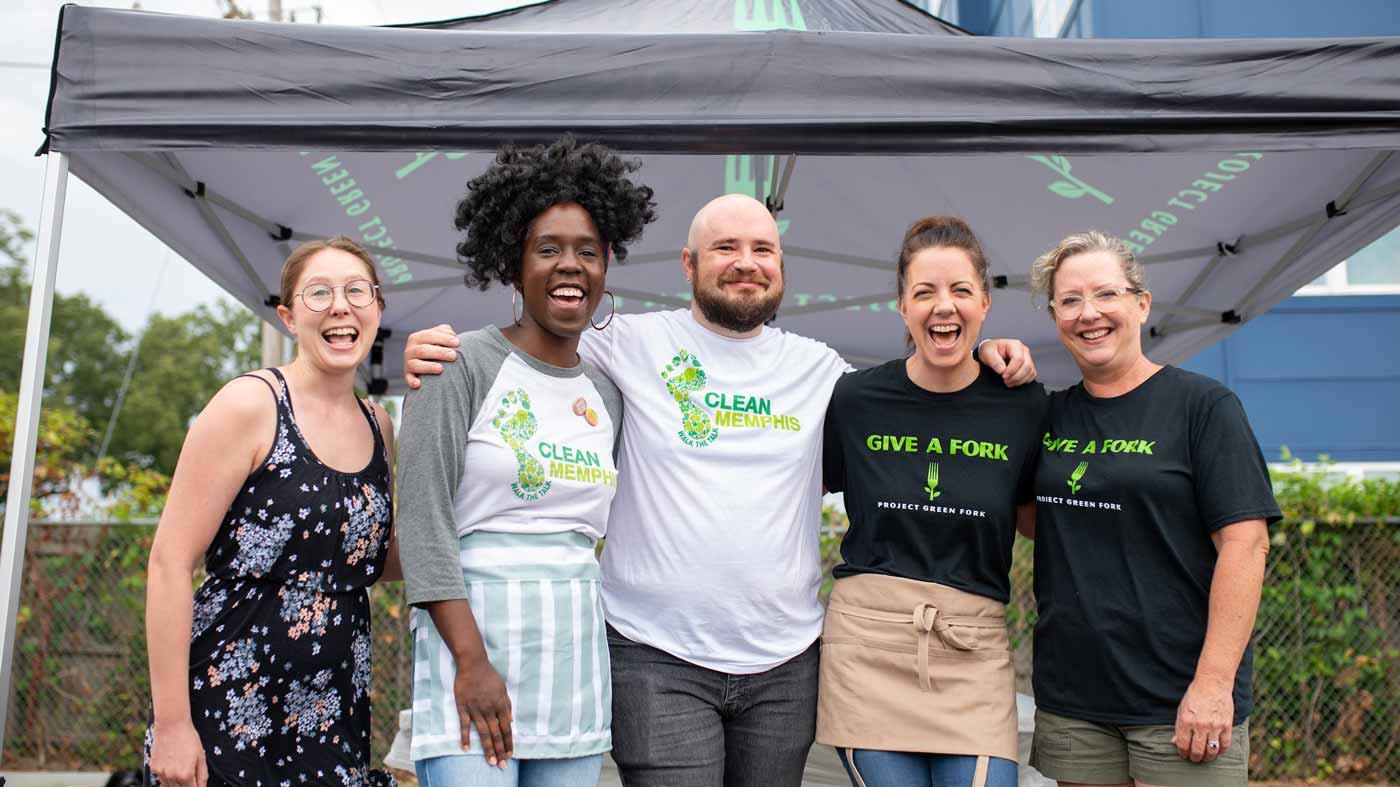If you’re planning a festival, concert, or large community gathering, you’re probably finalizing menus, vendors, and catering plans. But before the first dish is served, it’s worth asking another important question: what will happen to all the food that’s left over?
Every large-scale event produces surplus food – sometimes trays of prepared meals, sometimes unopened ingredients. With a little planning, those leftovers can be rescued, redirected, and transformed into meals for our neighbors in need rather than ending up wasted in a landfill.
By integrating food rescue into your event logistics, you can make your gathering both memorable and meaningful.
1. Start early
Successful food rescue begins long before the first guest arrives. Contact Project Green Fork (PGF) early in the planning process to discuss your event’s size, menu, and point of contact. Our team can connect you with local food recovery organizations, help you identify donation-ready items, and walk you through food-safety best practices.
If your event has participated in food rescue before, share what worked well and what could be improved. Each rescue builds on the last, and our experience coordinating large-scale efforts across Memphis can help streamline the process for everyone involved.
2. Use technology to track donations
Once your plan is in place, set up a Careit account through PGF. This free, easy-to-use platform lets you record and post donations in real time, showing what was donated, where it went, and when. Tracking donations is great for accountability, measuring your impact, and sharing success with guests, sponsors, and the community.
3. Plan for multiple rescue partners
Large events often generate more food than a single nonprofit can handle in one pickup. PGF can coordinate with multiple rescue partners to ensure that everything reaches a destination before it spoils. This approach prevents waste and strengthens Memphis’ food-rescue network by extending the reach of donations.
4. Prepare for next-day pickups
Evening events typically wrap up after nonprofits and volunteers have finished their normal workday. To bridge that timing gap, designate space for cold storage where leftover food can be safely stored overnight. Label containers clearly with donation stickers so pickup teams can identify what’s ready to go the following morning.
5. Coordinate access and logistics
Security gates, vendor checkpoints, and event fencing can make pickups tricky. Make sure food-rescue volunteers and partner organizations will have access to loading docks, kitchens, or refrigerated storage areas. A quick check with security in advance prevents last-minute bottlenecks when it’s time to move food.
6. Stay flexible
Even the best-laid plans can shift, from weather delays to unexpected attendance spikes. Keep communication open with PGF and your food-rescue partners. The goal is to recover as much food as possible, and we’ll work to make sure that your rescue happens – even when unplanned obstacles arise.
7. Don’t forget composting
Not every leftover can be rescued, but that doesn’t mean it should go to waste. Partner with a local service like The Compost Fairy to collect food scraps, plate waste, and kitchen trimmings. Composting turns what’s leftover into healthy soil for gardens and farms, completing the sustainability cycle.
Making Memphis events greener
Food rescue offers event organizers a clear way to cut down on waste and give back to those in our community. By partnering with Project Green Fork, you can keep food out of landfills, feed neighbors in need, and model sustainability for your guests.
With early planning, open communication, and a little creativity, large events can leave behind great memories and an even greater impact.




